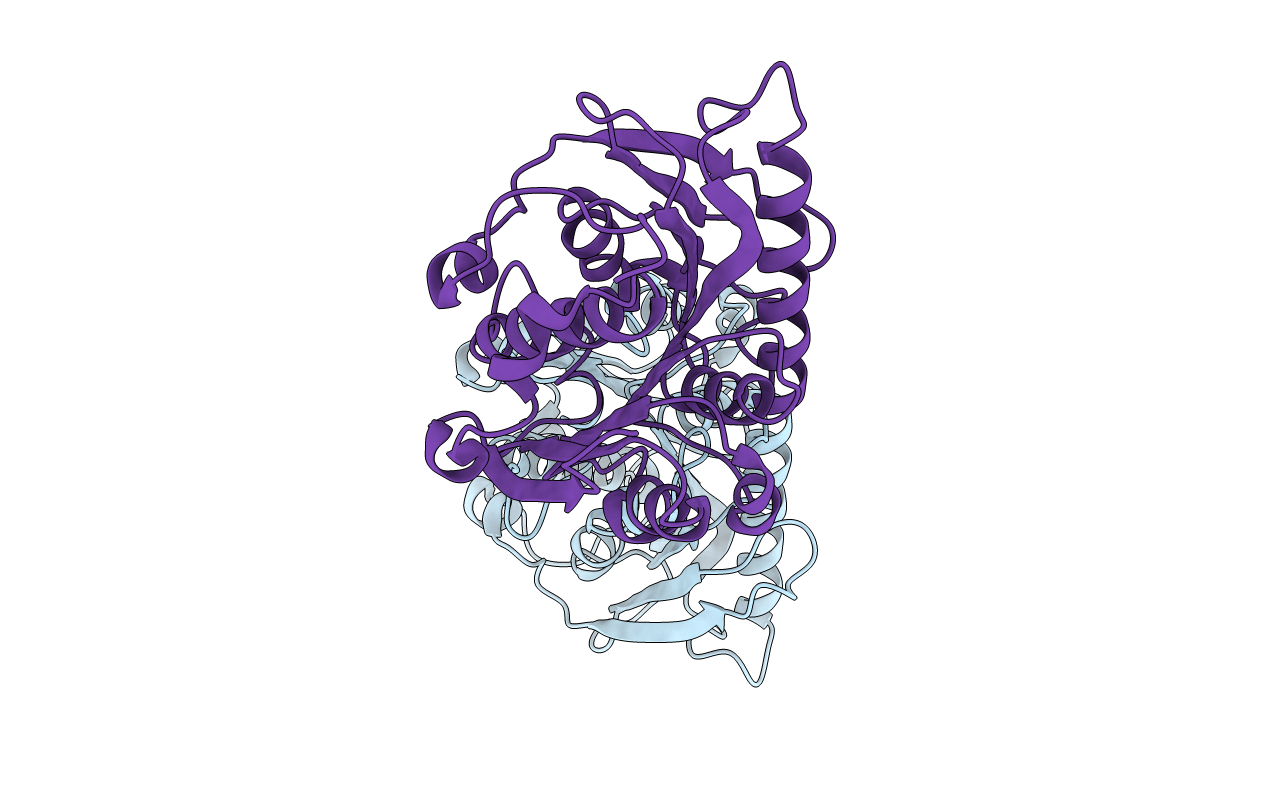
Deposition Date
2021-10-15
Release Date
2022-08-24
Last Version Date
2024-10-30
Entry Detail
PDB ID:
7VPA
Keywords:
Title:
Crystal structure of Ple629 from marine microbial consortium
Biological Source:
Source Organism:
unclassified Marinobacter (Taxon ID: 83889)
Host Organism:
Method Details:
Experimental Method:
Resolution:
2.35 Å
R-Value Free:
0.27
R-Value Work:
0.20
R-Value Observed:
0.20
Space Group:
P 32


